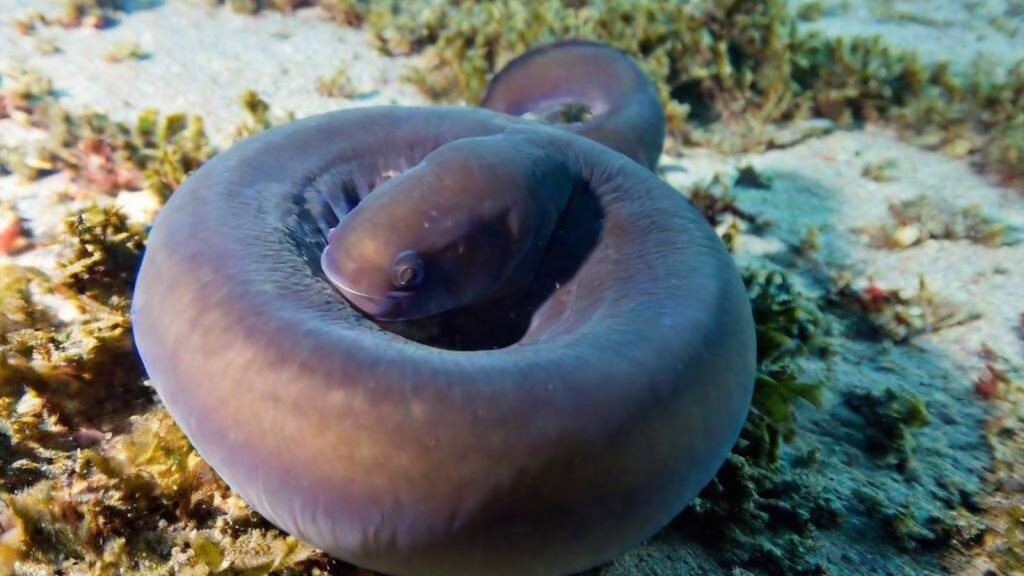Hagfish are some of the strangest creatures lurking in the depths of our oceans. These eel-like animals have been around for over 300 million years, outliving the dinosaurs and surviving multiple mass extinctions. Despite their ancient lineage, hagfish remain a mystery to many. They’re infamous for their ability to produce copious amounts of slime, but that’s just the beginning of their bizarre traits. From their unusual feeding habits to their remarkable survival skills, hagfish are truly one of nature’s weirdest wonders. Prepare to be amazed and maybe a little grossed out as we explore 12 freaky facts about these slimy sea creatures.
They’re Not Actually Fish

Despite their name, hagfish aren’t true fish at all. They belong to a group called agnathans, or jawless fish, which are some of the most primitive vertebrates on Earth. Hagfish lack scales, fins, and a real backbone. They’re more closely related to lampreys than to other fish species. This ancient lineage makes them fascinating subjects for scientists studying vertebrate evolution.
Knot Masters
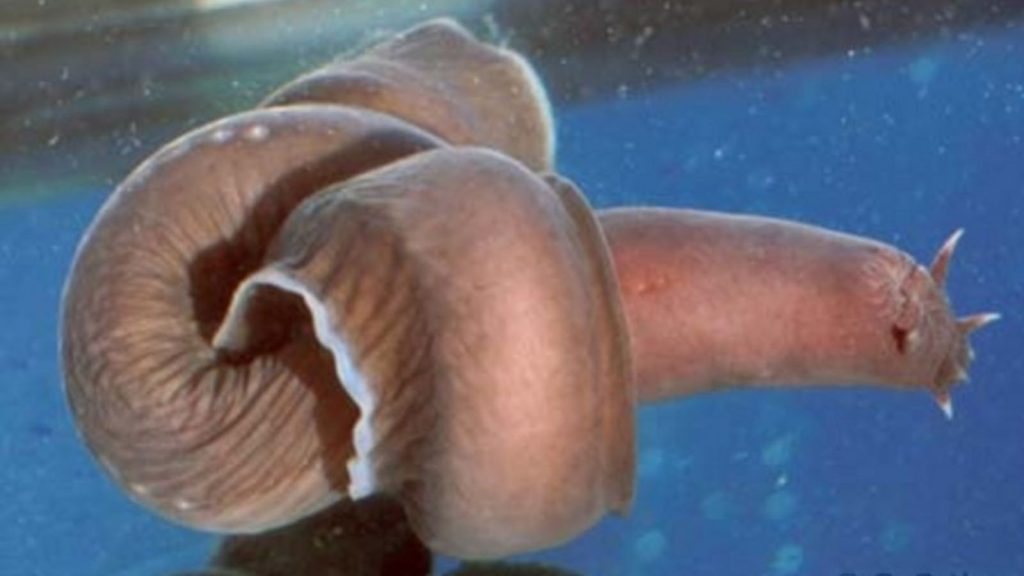
When a hagfish gets caught by a predator, it has a unique escape method. It can tie itself into a knot and slide the knot down its body. This action not only helps it escape from the predator’s grasp but also cleans off the slime covering its body. It’s like having a built-in escape rope and towel all in one!
Hearts All Over
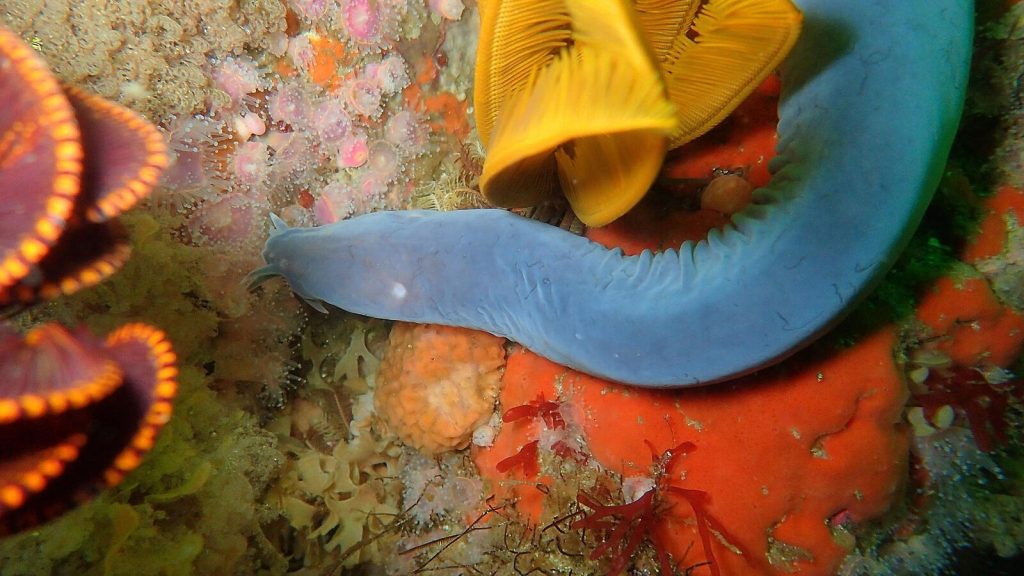
Unlike most animals with a single heart, hagfish have four of them. They have one main heart and three accessory hearts called branchial hearts. These extra hearts help pump blood through the hagfish’s body, which is important because they don’t have a strong blood pressure system. It’s like having backup pumps to keep everything flowing smoothly.
Skin-Breathing Specialists
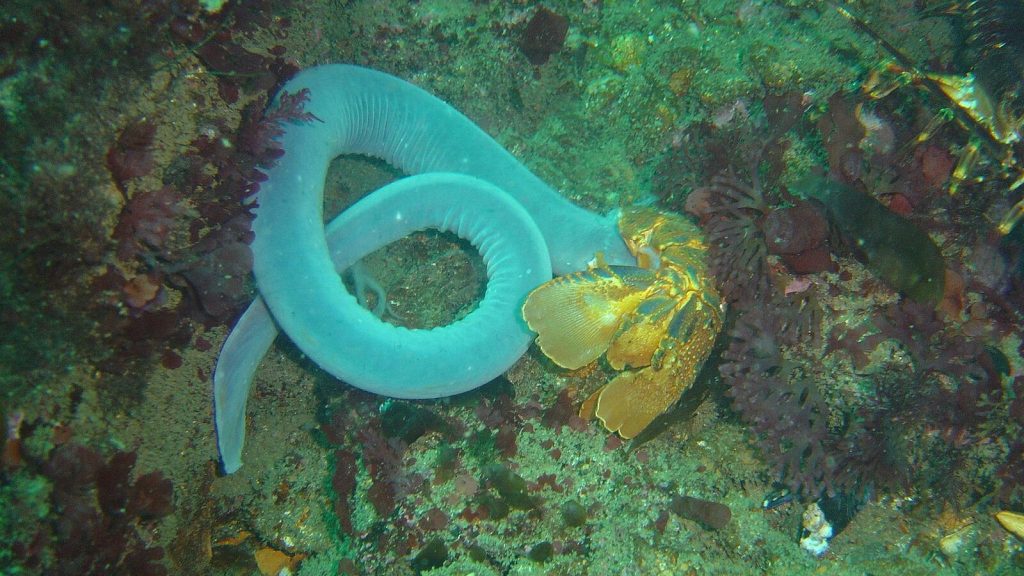
Hagfish don’t rely solely on gills for breathing. They can absorb up to 40% of the oxygen they need through their skin. This ability comes in handy when they’re burrowed in low-oxygen environments like the muddy ocean floor. It’s like having a backup breathing system that works even when they’re covered in mud!
Toothless Terrors
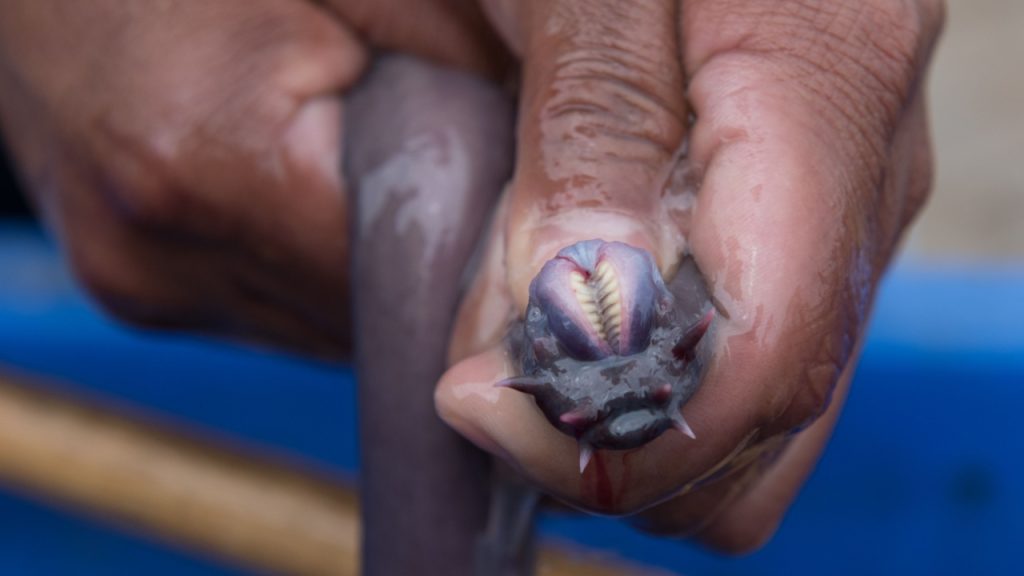
Hagfish don’t have jaws or teeth like other fish. Instead, they have two pairs of comb-like structures made of keratin (the same stuff our fingernails are made of). These rasps are used to tear into the flesh of their prey or scavenged meals. They can even enter the bodies of dead or dying larger fish through the mouth or gills and eat them from the inside out. It’s a gruesome but effective feeding strategy.
Gender-Bending Experts

Many hagfish species are hermaphrodites, meaning they have both male and female reproductive organs. Some can even change their sex over time. This flexibility in reproduction helps ensure the survival of their species, especially in deep-sea environments where finding a mate might be challenging. It’s nature’s way of saying, “Why choose one when you can be both?”
Deep Sea Dwellers

Most hagfish species live in the deep sea, often at depths of over 1,000 feet. They’re well-adapted to the high pressure and low oxygen levels found in these environments. Some species can even survive being brought up to the surface and then returned to the deep sea without harm. Their ability to thrive in such extreme conditions makes them true masters of the deep.
Feast or Famine Experts
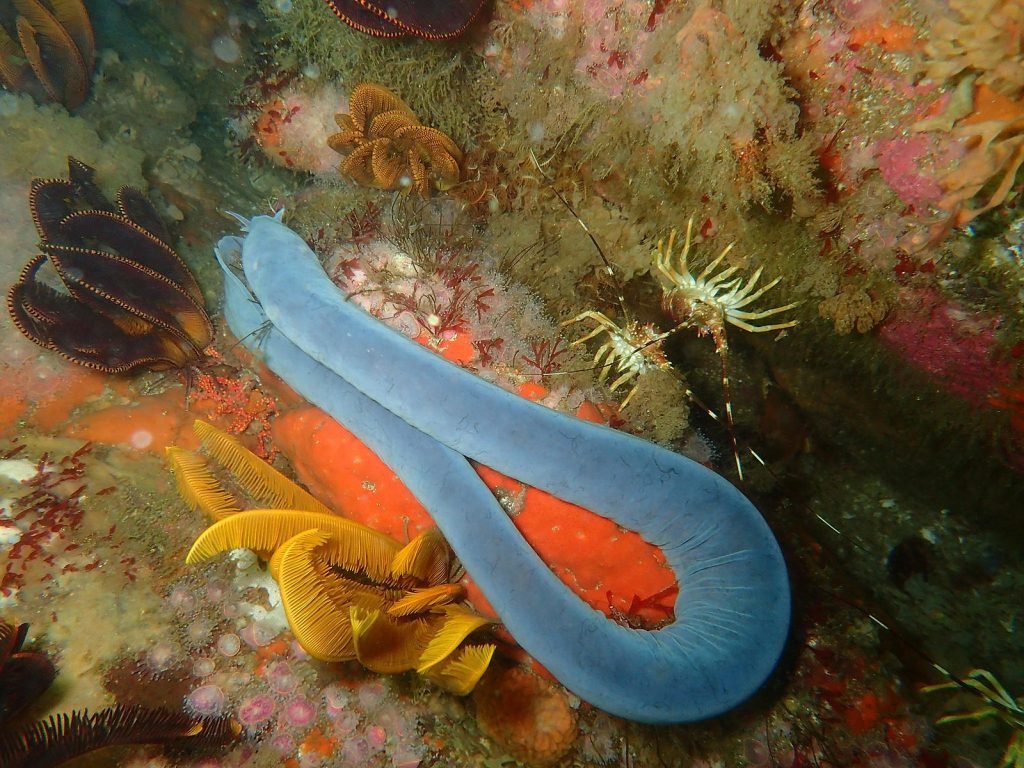
Hagfish can go months without eating. When they do find food, they can eat up to five times their own body weight in a single meal. This ability to gorge themselves and then fast for long periods helps them survive in the deep sea, where food can be scarce. It’s like having an expandable stomach that can handle all-you-can-eat buffets followed by extreme dieting.
Blind But Effective

Most hagfish species have very poor eyesight or are completely blind. Instead of relying on vision, they use a network of sensory tentacles around their mouths to navigate and find food. They also have an excellent sense of smell, which helps them locate dead and dying animals on the ocean floor. Who needs eyes when you’ve got super smell and touch sensors?
Nostril Oddities
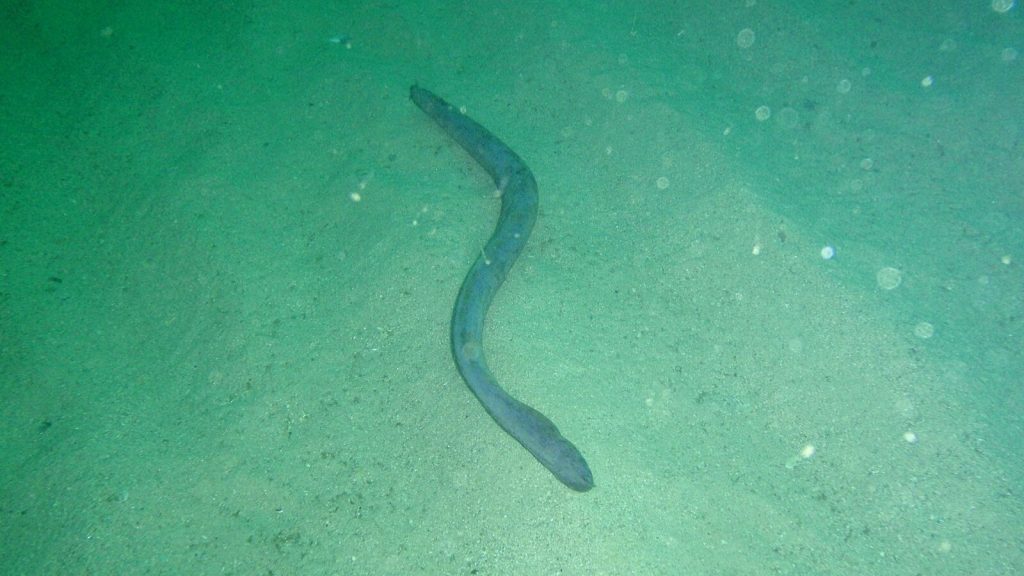
Hagfish have a single nostril, unlike most vertebrates which have two. This odd nostril, called a nasopharyngeal duct, doesn’t connect to the throat like in other animals. Instead, it’s a dead-end tube that helps the hagfish sense its environment. This unique feature is another reminder of their ancient lineage and specialized adaptations.
Record-Breaking Mucus
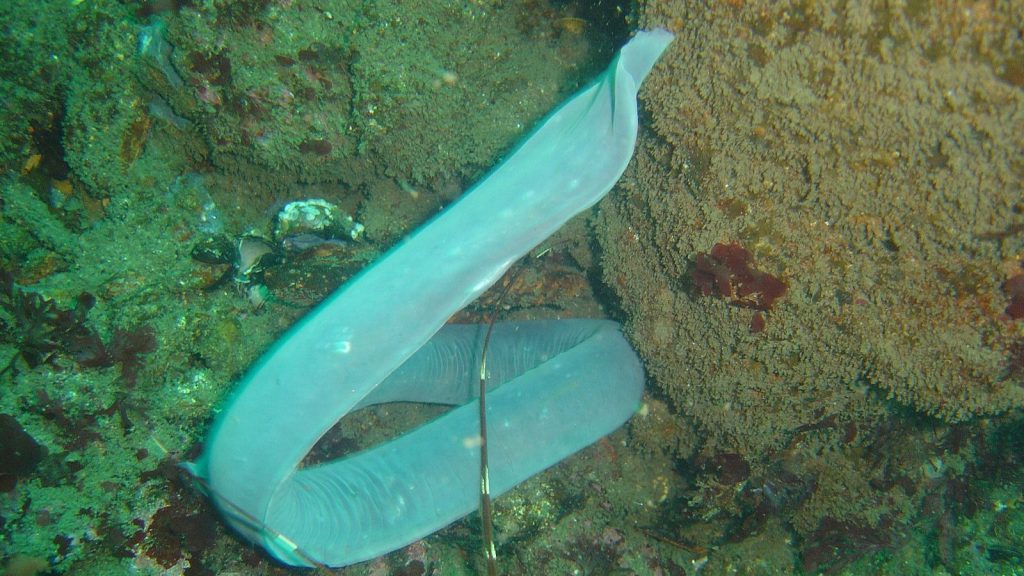
The mucus threads in hagfish slime are incredibly thin and strong. A single thread can be up to 15 centimeters long but is 100 times thinner than a human hair. If scaled up, a hagfish slime thread as thick as a garden hose could lift a car! This remarkable strength-to-weight ratio makes hagfish slime one of nature’s most impressive materials.
Scaleless Wonders
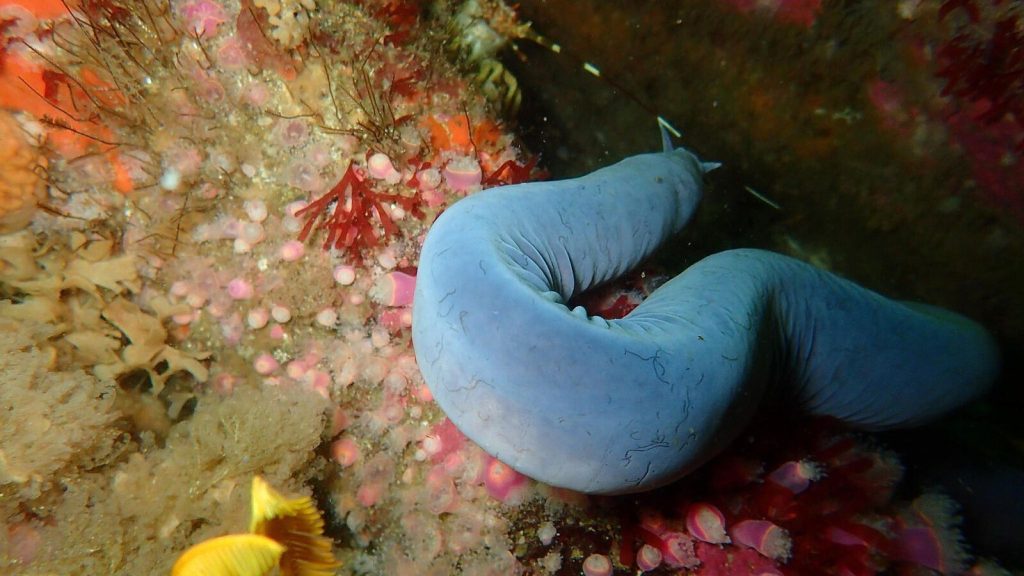
Unlike most fish, hagfish have no scales. Their skin is smooth and loose, almost baggy in appearance. This scaleless, flexible skin allows them to tie themselves in knots and squeeze into tight spaces with ease. It also helps them absorb oxygen directly from the water, supplementing their gill breathing.

